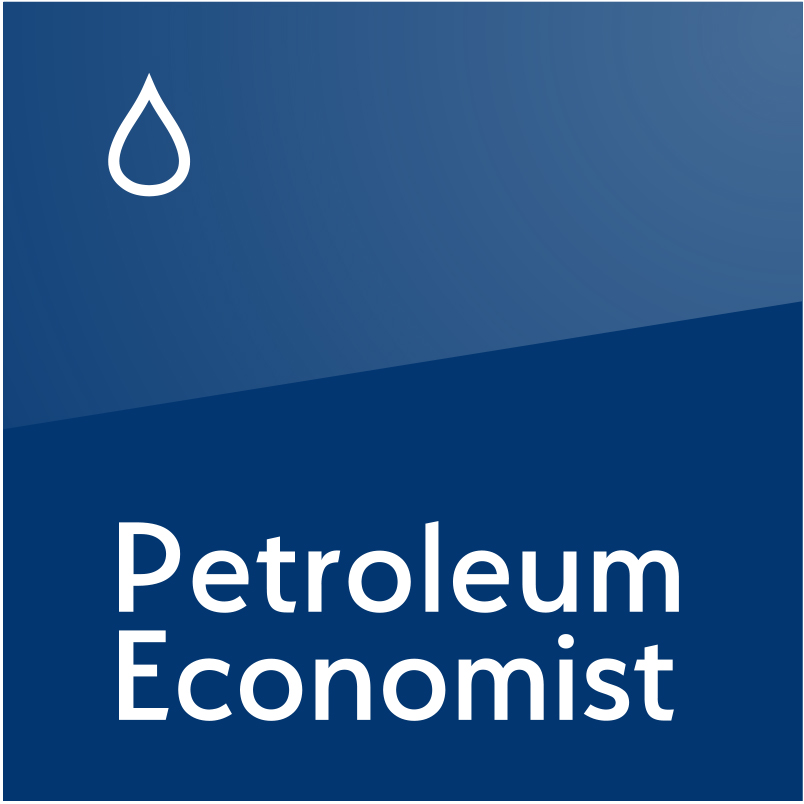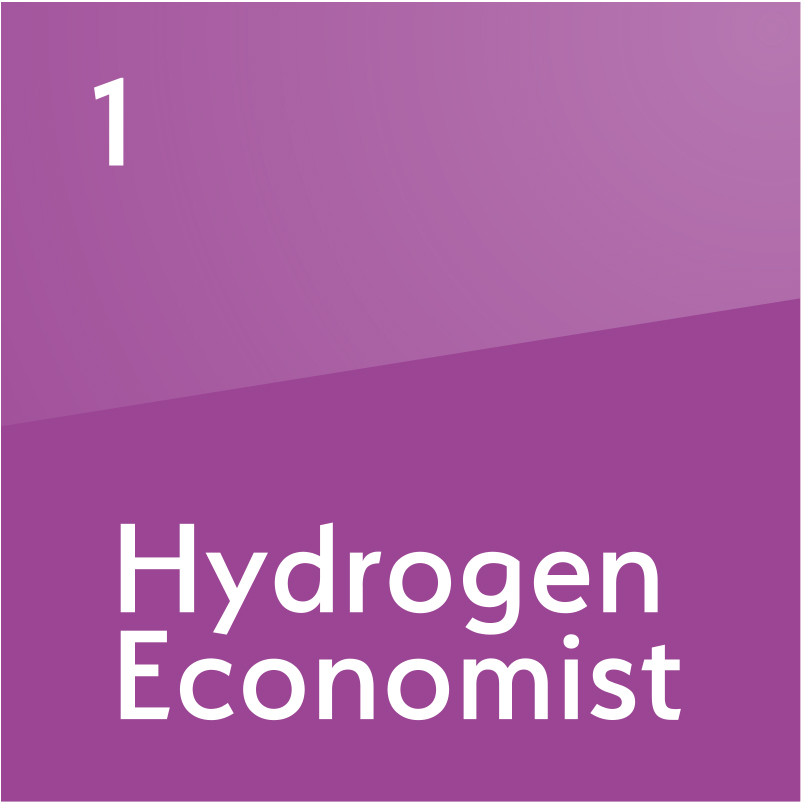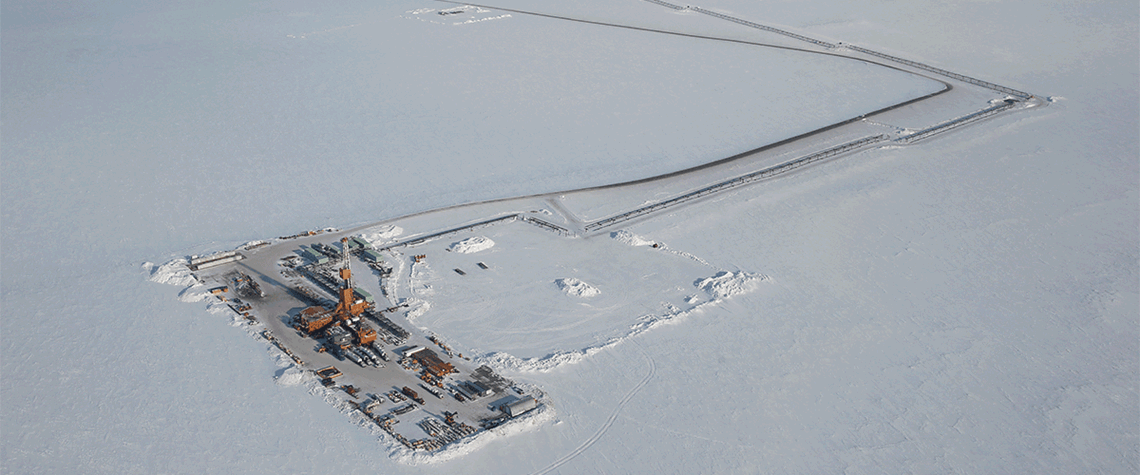Willow approval may be turning point that fails to turn
Development expected to produce equivalent of up to 40pc of Alaskan daily production but is unlikely to herald a new age of megaprojects
The US government’s approval of superindie ConocoPhillips’ Willow project in March marked the most consequential—and controversial—oil-related decision of the Biden administration. Willow, a 68,000 acre development in the National Petroleum Reserve-Alaska (NPR-A), is anticipated to produce 600mn bl of oil—equivalent to 180,000bl/d, or 40pc of current daily Alaskan output. It is forecast to create 2,500 construction jobs and 300 full-time jobs, and to generate $17bn in revenue for federal, state and local governments. A key factor in Biden’s approval was the widespread support Willow enjoyed from lawmakers of both parties, labour unions and Alaskan Indigenous groups. The project was originall

Also in this section
26 July 2024
Oil majors play it safe amid unfavourable terms in latest oil and gas licensing bid rounds allowing Chinese low-ball moves
25 July 2024
Despite huge efforts by India’s government to accelerate crude production, India’s dependency shows no sign of easing
24 July 2024
Diesel and jet fuel supplies face a timebomb in just four years, and even gasoline may not be immune
23 July 2024
Rosneft’s Arctic megaproject is happening despite sanctions, a lack of foreign investment and OPEC+ restrictions. But it will take a long time for its colossal potential to be realised







